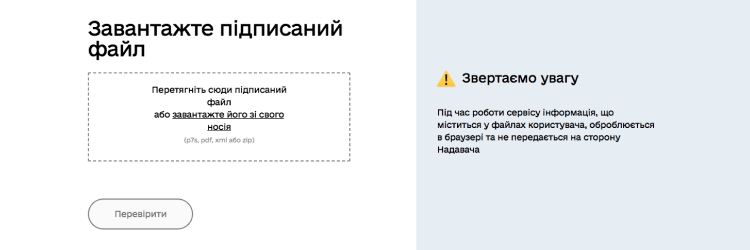The use of electronic documents was regulated back in 2003. The Laws of Ukraine “On Electronic Documents and Electronic Document Workflow” and “On Electronic Trust Services” define the concepts of “electronic document”, its attributes, legal status and design requirements.
Today, implementation of e-document workflow has become a common practice in many companies. ODE services accompany the entire lifecycle of an electronic document – from creation to archiving. However, many employees who work with e-documents still have many questions concerning their legal status and possibilities of use. We answer the most common ones.
What is an electronic document
According to the definition provided in the Law of Ukraine “On electronic services and electronic document workflow”, an electronic document is a document in which information is fixed in the form of electronic data, including the mandatory details of the electronic document.
The structure of the e-document is defined in the Law of Ukraine “On Accounting and Financial Reporting in Ukraine”.
The following details must be present in the electronic document:
- the name of the document;
- the date of the document;
- the name of the company;
- the content and scope of the business transaction;
- positions of responsible persons;
- a personal signature.
What is the legal status of electronic documents?
According to Article 5 of the Law of Ukraine “On electronic documents and electronic document workflow”, electronic documents have the same legal status as paper documents. They can be used for such purposes:
| exchange of electronic documents between partners |
|
| exchange of electronic documents with controlling agencies |
|
| electronic exchange of primary accounting documents |
|
The electronic document management system user can produce document duplicates as needed. All of them will be considered originals. The grounds for this are specified in the Law of Ukraine “On electronic documents and electronic document workflow”. It stipulates that an original of an electronic document is an electronic copy of the document with obligatory details.
An electronic signature provides legal force to an e-document. The Law of Ukraine “On electronic trust services” states that it can be of two types: qualified (QEP) and advanced (AEP). QEP is a signature on a secure medium (token) or in a cloud service. AEP is the same signature but saved on a usual medium (flash drive, CD disk, etc.). It has a lower level of trust, but also provides legal force to documents.
How to check the integrity of an e-document
E-documents are protected against unauthorized signing. QEP or AEP is attached to the document at the moment of its application. The checksum in the document is recorded and encrypted to ensure the confidentiality of the electronic document and protect it from forgery. Any changes in the document will lead to a change of the checksum, and therefore to a mismatch of the already attached digital signature. Therefore, it is impossible to make any changes to an already signed electronic document, unlike a paper document.
Information about the applied electronic signature is displayed in the electronic document delivery service. You can also check the validity of the signature on the website of the Central Certification Authority. Here you can get full information about the date of signing the document, names and positions of the signatories.

Where are electronic documents stored?
Electronic document management systems (e.g., Vchasno) use cloud storage to keep electronic documents. In fact, documents are stored in huge secure data centers, providing 24/7 access from anywhere in the world.
The electronic archive does not require any space in the office. You can easily find the document you need using the search field and filters.
An obvious advantage of cloud services is the confidentiality of electronic documents. For instance, the Vchasno electronic document exchange system stores documents on servers on the territory of the European Union. No one except users has access to the content of documents.
Apply for a detailed video presentation
Leave your contact and receive a detailed video presentation of the service! Learn how electronic document management can simplify and speed up the exchange of documents in your company
FAQs
What is a document from a legal perspective?
What is an electronic document?
What types of electronic documents exist?
What is the legal force of an electronic document?
What are the attributes of an electronic document?

Popup title

Thank you! We will contact youas soon as possible




